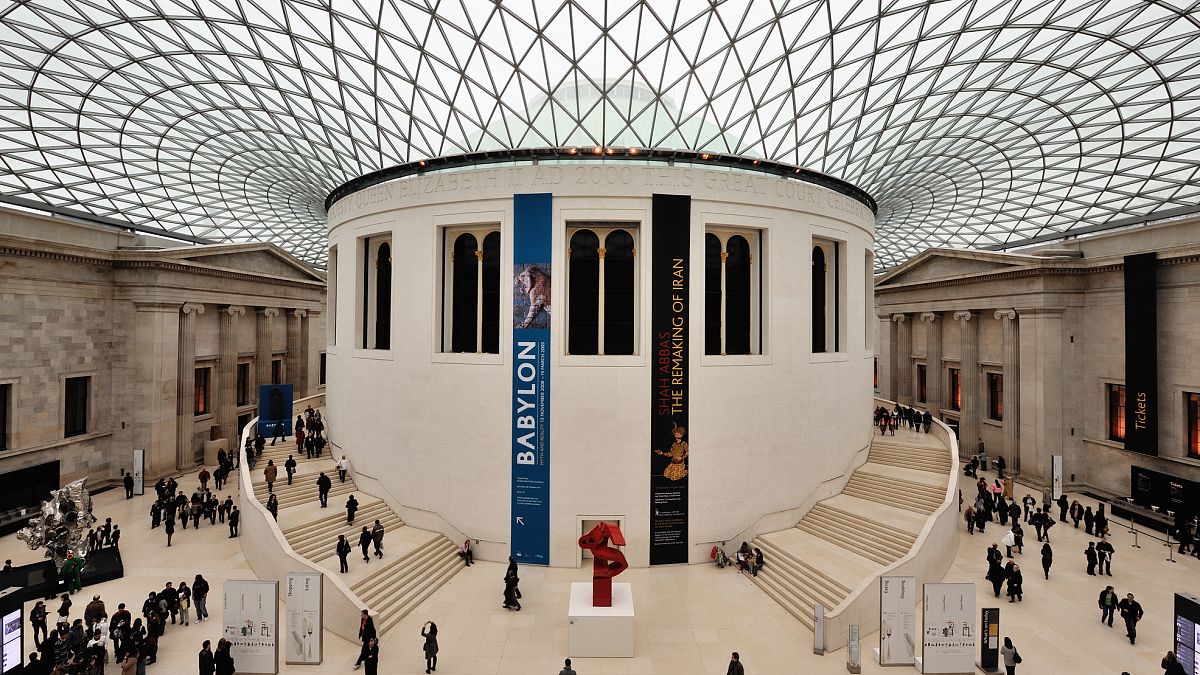Green space in cities is good for our health, study finds

Extreme heat is a major health concern for cities, but urban green spaces provide some relief, a new study has found.
Green spaces in cities aren’t just nice to look at – they can also help protect our health, according to a new study spanning seven countries across the world.
The analysis, published in the journal BMJ Open, compiled findings on heat-related health outcomes from 12 studies in Australia, Hong Kong, Portugal, Japan, South Korea, the United States, and Vietnam.
It found that regions with more green space had lower rates of heat-related health problems and deaths compared with those with little greenery.
The presence of trees, shrubs, and other plants in cities also appeared to boost people’s mental health, the report found, potentially offsetting the impact of high temperatures on people’s wellbeing.
“Greenery helps lower ambient temperatures, which is especially beneficial during heatwaves in urban areas,” Ahsana Nazish, the study’s lead author and a researcher at the London School of Hygiene & Tropical Medicine, told Euronews Health.
“Beyond physical health, access to green spaces enhances mental well-being, further mitigating the negative health impacts of high temperatures,” Nazish added.
Extreme heat can exacerbate chronic conditions like diabetes and asthma, cause medical emergencies like heatstroke, and allow infectious diseases to spread. A study published earlier this year found that more than 47,000 Europeans died from heat-related causes in 2023.
The role of green space in health
Green space plays a bigger role in people’s health beyond simply offering relief from high temperatures.
Urban green space can help relieve stress, enable people to exercise, and curb their exposure to air pollution and noise. Research has also found that children living in greener neighbourhoods also have stronger lungs.
The rule of thumb for a good level of green space is being able to see three trees from your window, living in an area with 30 per cent tree coverage, and living within 300 metres of green space like a park or playground, according to Mark Nieuwenhuijsen, director of the Barcelona Institute for Global Health’s urban planning, environment, and health initiative and head of its climate, air pollution, nature, and urban health programme.
Nieuwenhuijsen, who was not involved with the new study, published research in 2021 analysing the link between a lack of green space and premature deaths in 946 cities across Europe.
If all of these cities met international recommendations on access to green space, nearly 43,000 deaths could be prevented every year, the study found. Among capital cities, Athens, Brussels, Budapest, Copenhagen, and Riga saw the highest death tolls tied to a lack of green space.
Steps to increase green space
“Many cities want to do more greening [but] public space is very scarce in cities” with competition from cars and housing, Nieuwenhuijsen said.
In 2021, the European Union promised to plant at least three billion trees by 2030, with Belgium, the Czech Republic, and Portugal leading the way so far.
But not all newly planted trees survive, and they can take decades to reach maturity, meaning that even if the EU fulfils its pledge, people won’t reap the full health benefits for years to come.
Nazish said policies to improve access to green spaces can be especially impactful in densely populated areas with more vulnerable people.
“More investment in urban green infrastructure is essential to adapt cities to rising global temperatures and improve public health outcomes,” Nazish said.
World News || Latest News || U.S. News
Source link



